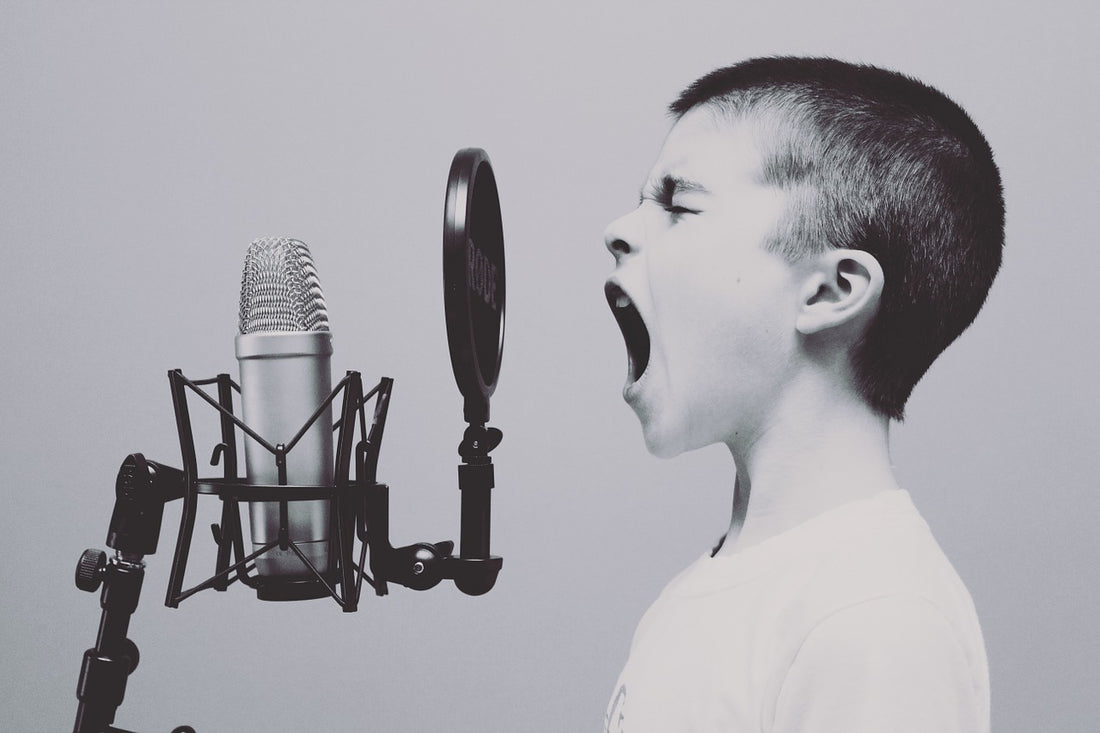Every recording is squeezed through the lens of a transducer. Microphones for acoustic instruments, magnetic pickups for electrified string instruments, and even DIs for electronic keyboards.
And as we know, each interface or transducer has a sound to it, an insulator from the sonic thumbprint of the instrument or voice. It's not much different than the problems we have capturing light with cameras or even our eyes. Their lenses twist and distort the truth to fit the medium.
Transducers are also needed to playback captured audio. Speakers or headphones.
In fact, the definition of the word itself gives us a big clue to its impacts. "A device that converts variations in a physical quantity, such as pressure or brightness, into an electrical signal, or vice versa."
We've come to take for granted all that's good and bad in a transducer. Put another way, we've learned to live with them.
But acceptance should never dictate complacency. Our quest towards the perfect transducer is never-ending.









